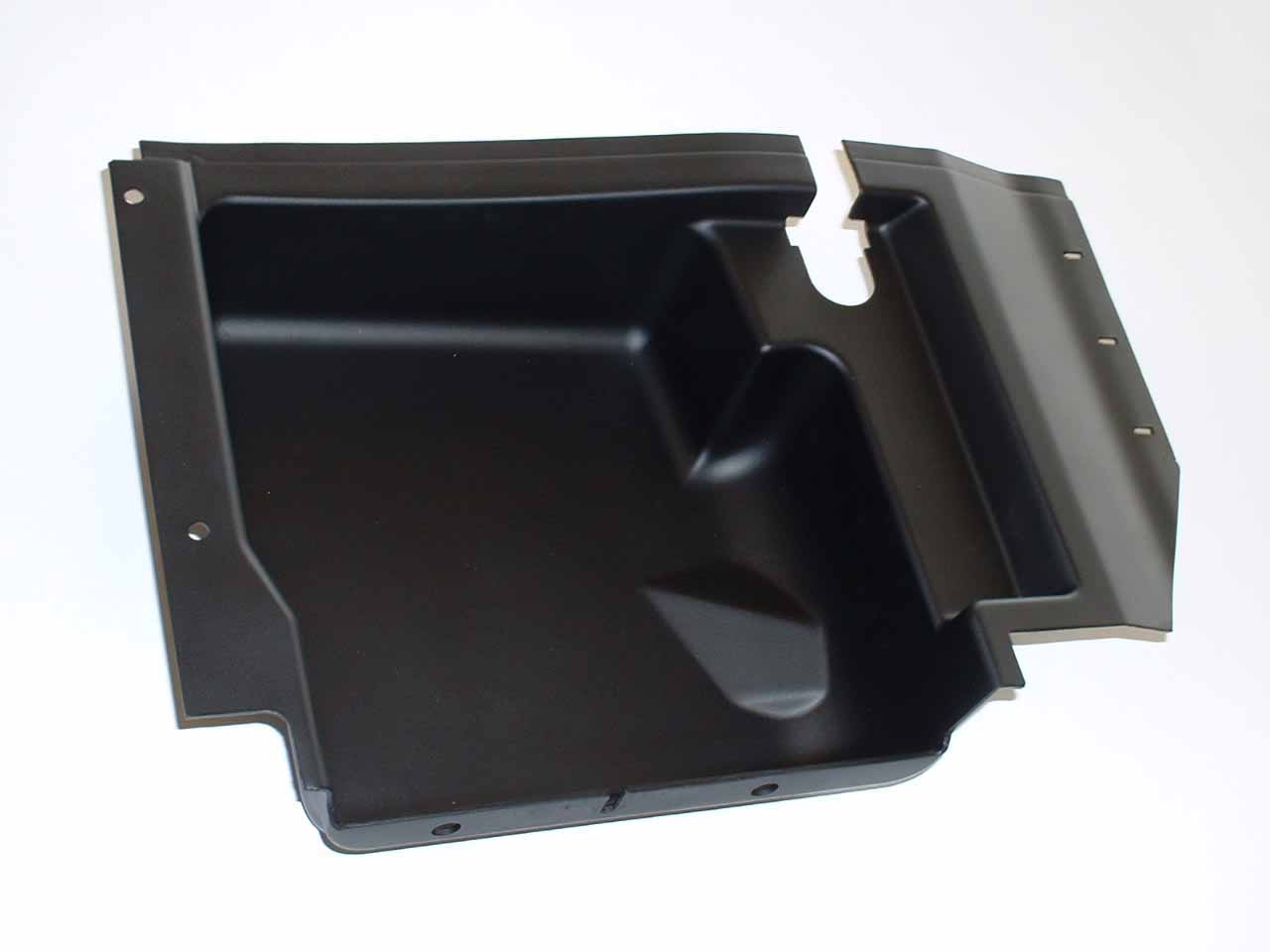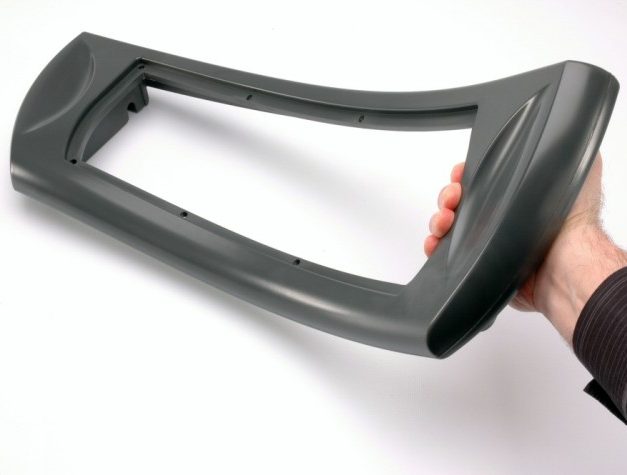Low Volume Manufacturing
What is Low-Volume Manufacturing?
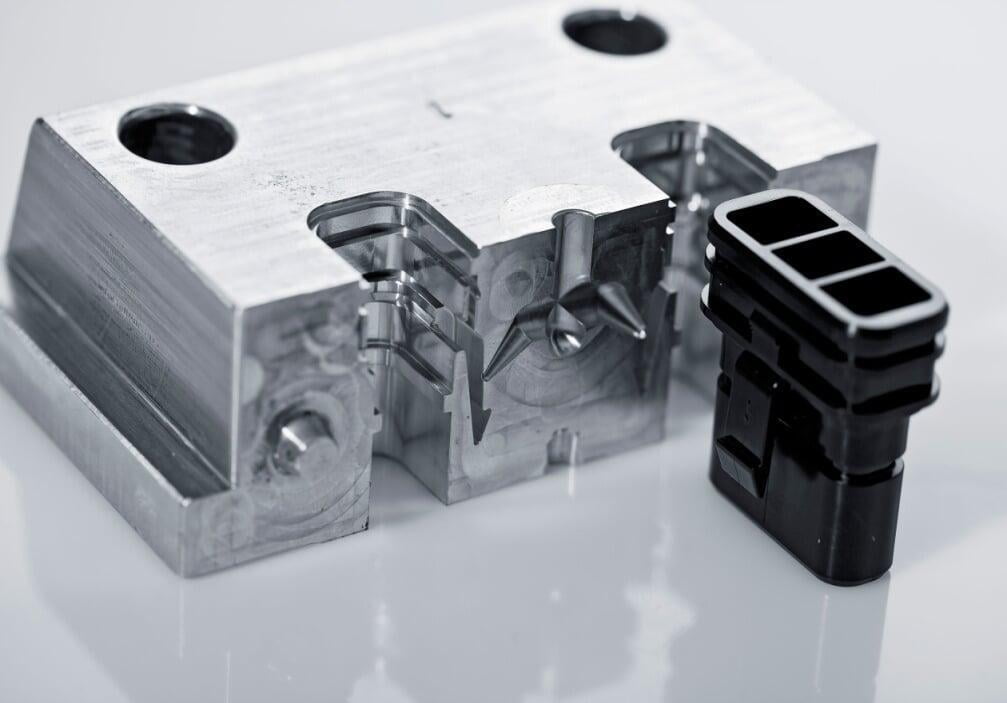
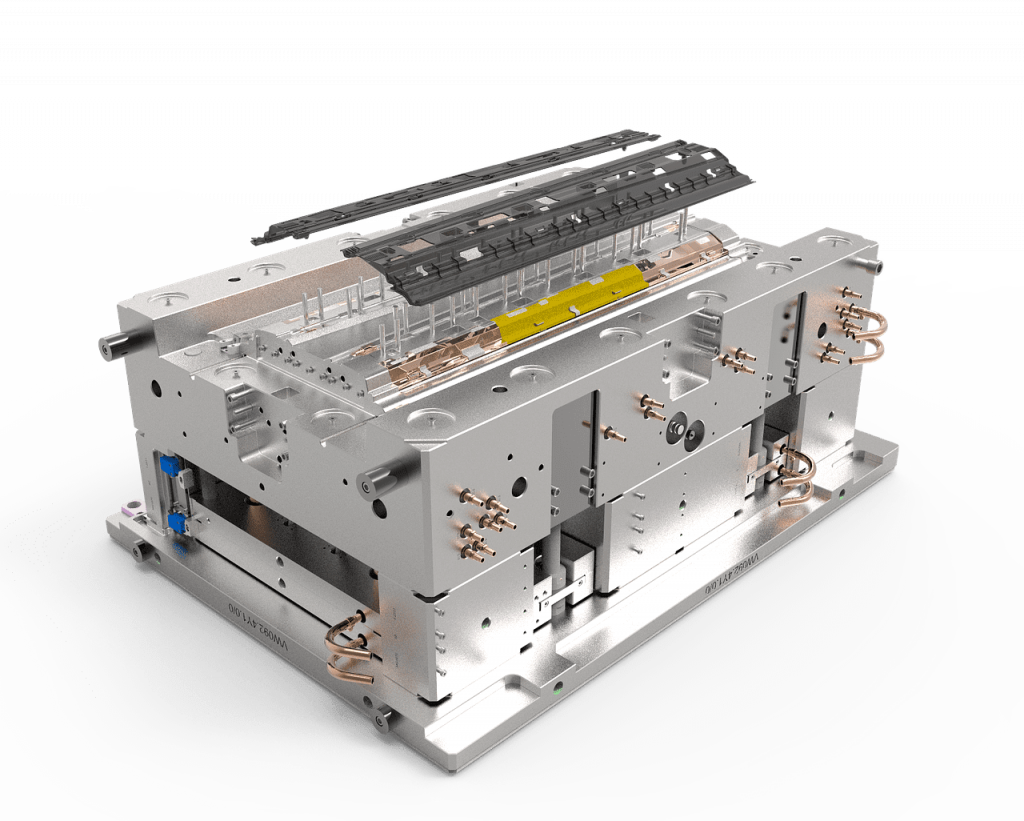
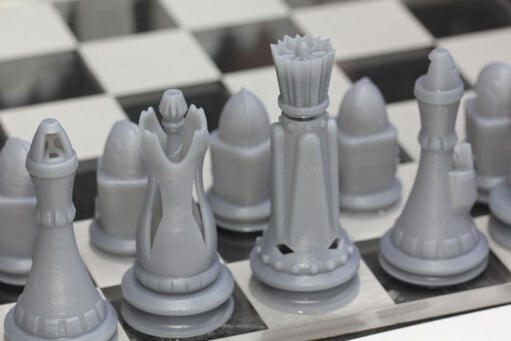
How to Process Low-Volume Manufacturing?
Our experienced engineers are familiar with all processes. Let us know about the details of your production, and we will recommend you the best suitable production method based on the object’s attributes.
Production with Aluminum Molding:
The Aluminum Molding Technique is a way of conventional injection moulding. First, the injection mould must be manufactured using a CNC (Computerized Numerical Control) machine. Like in Vacuum Casting, a master model is required to determine the shape of the used mould and the manufactured object. The most significant difference is the mould’s material; in Vacuum Casting, the mould is made out of silicone; Aluminum Molding consists of aluminium. Depending on the object’s final shape, this technique can have various advantages in pre-mass production.
Compared to silicone mould, aluminium mould is much more solid and durable. Its production quantity can differ based on the object’s size, used material and required pressure between 1,000 to 5,000 units.
Because of its density advantage, aluminium is a more effective material for mould than industrial steel.
Production with Vacuum Casting:
Vacuum Casting (or Silicone Molding) generally means an object modelled by its surface in a silicone mould. The wished form (=master model) is placed in a closed environment, and a (semi-) liquid moulding material such as silicone is placed around the object. After the mould becomes more solid, the object can be detached while the moulding material keeps its shape. Consequently, a negative or hollow space of the master model is left. Now, the created negative of the object can be filled with a casting material to replicate the shape.
The master needed for silicon moulding can be printed with a 3D printer or created with machines using the CNC technique. Although creating a master model might be time-consuming, Vacuum Casting (Silicon Molding Technique) can save significant time during the manufacturing phase. Once the silicone mould has been manufactured, it can be reused to replicate the master model’s shape between 20 and 30 times.
Production with RIM:
With Reaction Injection Molding, our engineers produce high-quality parts with various designs, sizes, and overall superiority. The RIM is a longer production process with many benefits regarding technical details, flexibility and cost-efficiency.
The process of Reaction Injection Molding utilises low-viscosity polymers in thermoset processes. It starts with a chemical reaction that lets the contained polymers expand after they are injected into a heated mould. The mould itself determines the shape of the printed product. After injection, the part slowly cures inside the mould and becomes solid. The curing time varies depending on the part’s form, function and physical details. Our engineers can precisely deliver the manufactured object’s desired shape, density, weight and solidity. This process can produce various flexible, elastomeric or solid polyurethane parts.
Low-Volume or Rapid Manufacturing is a method that serves all industries that manufacture plastic parts with injection techniques. It can help to minimize the moulding time to produce your products faster, fulfil pre-mass production with the actual material, or produce end products in low quantities. Compared to conventional methods, moulding costs are much lower.
You can follow the links below for various additional information:
Advantages of Low-Volume Manufacturing Applications
- Low-Volume Manufacturing can save time and money.
- Experience projects on a physical level very early.
- Communicate projects effectively because it helps clients and partners to visualise.
- Minimises first investments for a one-time production, and marketing can start before mass production.
Important Factors Using Low-Volume Manufacturing
- In the case of low production quantity, costs per unit might be higher than conventional methods.
- Some applications cannot be realized with the original material.
- Low-Volume Manufacturing might reveal many hidden problems before production starts.






